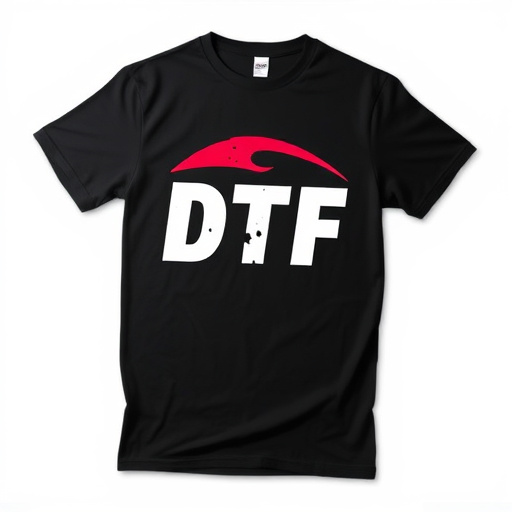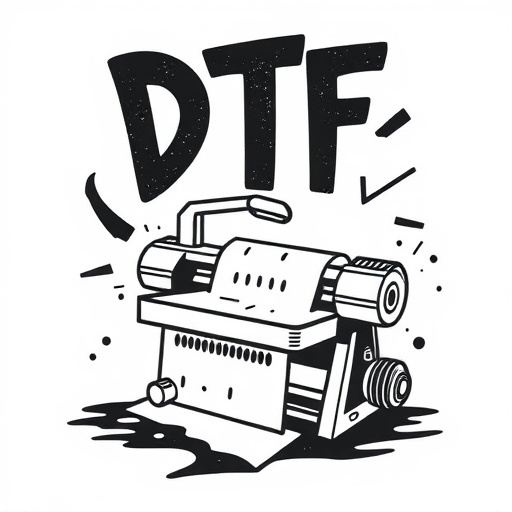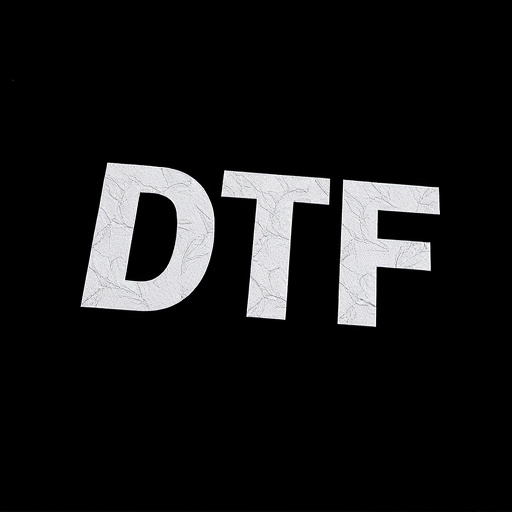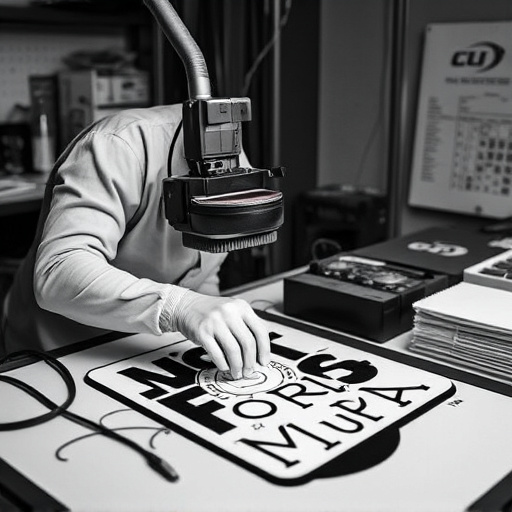DTF Printing (Direct-to-Film) is a cutting-edge technology offering swift, high-quality film transfers within tight deadlines. By combining inkjet printing and light exposure control, it bypasses traditional steps, reducing turnaround times from days to hours. This revolutionizes film production for enthusiasts, archivists, and professionals, with advanced methods like UV curable inks and automated systems ensuring precision and speed. However, meeting 24-hour deadlines presents challenges, requiring optimized workflows, skilled operators, and specialized equipment. The future of DTF Printing promises enhanced QA processes, faster speeds, AI automation, and sustainable practices to keep up with growing on-demand transfer needs.
In today’s fast-paced media landscape, the demand for direct-to-film (DTF) printing services has surged. The ability to swiftly convert analog footage into digital formats is crucial for archivists, filmmakers, and enthusiasts alike. This article explores the accelerated production of DTF transfers within 24 hours, delving into the current market, technological innovations, and quality considerations. We uncover strategies to optimize workflows, ensuring timely delivery without compromising integrity in the ever-evolving world of DTF printing.
- Understanding Direct-to-Film (DTF) Printing: A Quick Overview
- The Current Landscape of Film Transfer Services
- Challenges in Accelerating Production Times
- Innovative Technologies for Expedited DTF Production
- Workflow Optimization Strategies for 24-Hour Turns
- Quality Assurance and Future Prospects in Rapid DTF Printing
Understanding Direct-to-Film (DTF) Printing: A Quick Overview

Direct-to-Film (DTF) printing is a cutting-edge technology that enables the precise transfer of digital images directly onto film, offering a rapid and high-quality alternative to traditional printing methods. This innovative process eliminates the need for intermediate steps, such as printing on paper or vinyl, and allows for a seamless transition from the digital realm to the final product. With DTF Printing, images can be transformed into tangible forms in a matter of hours, making it an ideal solution for time-sensitive projects.
The process involves specialized equipment that combines inkjet printing with precise control over exposure to light. Digital data is converted into a pattern that guides the placement of ink onto the film surface, ensuring exceptional detail and color accuracy. Once printed, the film undergoes a chemical development process, similar to traditional photography, resulting in a final product ready for various applications, from artistic prints to promotional materials. This technology has revolutionized the way we approach custom printing, offering unparalleled speed, flexibility, and quality in the direct-to-film transfer process.
The Current Landscape of Film Transfer Services
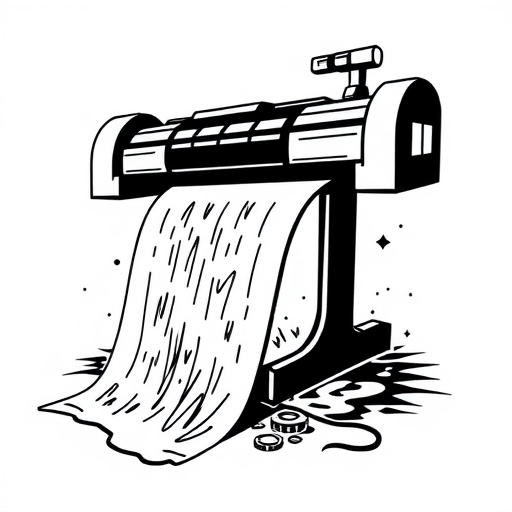
The current landscape of film transfer services is undergoing a significant transformation as demand for quick and efficient solutions increases. Traditional methods, often involving lengthy processes and specialized equipment, have been supplemented by innovative digital approaches. Direct-to-film (DTF) printing, in particular, has emerged as a game-changer, promising to deliver high-quality transfers within tight deadlines. This accelerated production method leverages advanced inkjet technology to print directly onto film stock, eliminating the need for intermediate steps and significantly reducing turnaround times.
In today’s fast-paced media environment, where content creation and distribution demand speed and agility, DTF Printing offers a compelling solution. It enables film enthusiasts, archivists, and professionals alike to access their desired films in record time without compromising on quality. As the world of film preservation and reproduction continues to evolve, this technology is poised to play a pivotal role in meeting the ever-growing need for prompt yet reliable direct-to-film transfers.
Challenges in Accelerating Production Times

The expedited production of direct-to-film (DTF) transfers within 24 hours presents several challenges, particularly when pushing the boundaries of traditional printing methods. One of the primary hurdles is maintaining quality while accelerating the process. DTF Printing, known for its intricate details and vibrant colors, demands precise settings and expert handling to ensure consistency across each print. Rush jobs often require a delicate balance; over-hurrying can lead to reduced image sharpness, color inaccuracies, or even physical damage to the film.
Furthermore, equipment limitations play a significant role. Specialized machinery designed for DTF Printing is not always equipped to handle rapid production cycles without compromising performance. Upgrading or retrofitting these machines to meet 24-hour deadlines requires careful engineering and investment. Ensuring that each step of the process, from material preparation to drying, aligns with the accelerated timeline is a complex task that demands meticulous planning and skilled operators.
Innovative Technologies for Expedited DTF Production
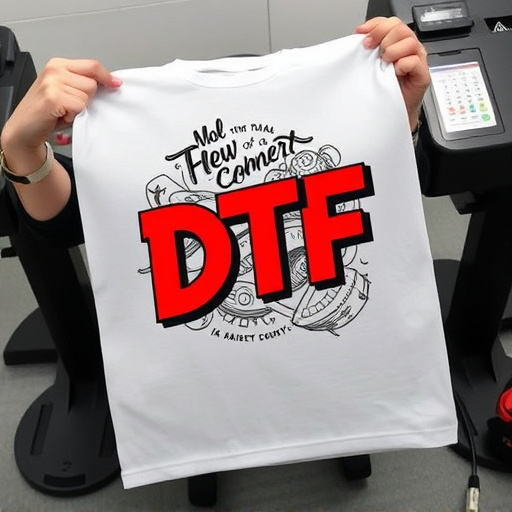
The accelerated production of Direct-to-Film (DTF) transfers within 24 hours is made possible by cutting-edge technologies that streamline every step of the process. Digital printing techniques, such as UV curable inkjet printing, offer unparalleled speed and precision, enabling high-quality prints on various media in record time. These advanced printers are designed to handle complex image data with minimal delays, ensuring consistent results for each batch.
Additionally, automated film cutting systems and intelligent color management software further optimize the workflow. Automated cutters precisely trim the films according to specific design requirements, eliminating manual errors and saving significant time. Color management software ensures accurate color reproduction across different printing platforms, maintaining the integrity of the original content throughout the accelerated production cycle.
Workflow Optimization Strategies for 24-Hour Turns
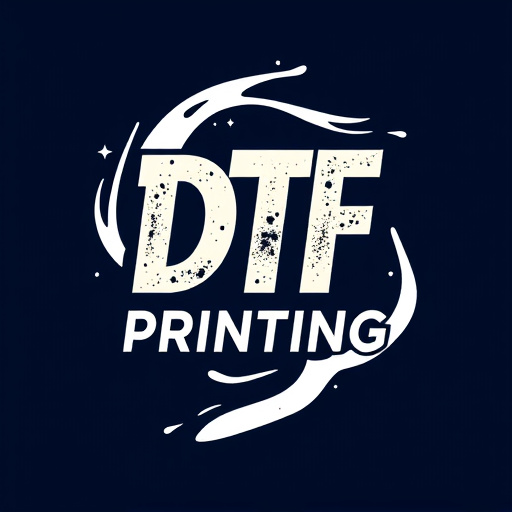
To achieve 24-hour turnaround times for direct-to-film (DTF) printing, businesses must employ sophisticated workflow optimization strategies. The process begins with efficient digital asset management, where high-resolution media files are swiftly organized, indexed, and stored in cloud-based systems. This ensures easy access for production teams, reducing the initial preparation phase.
Further streamlining involves automating prepress tasks such as color correction, image sharpening, and file formatting using dedicated software. Automated workflows not only minimize manual errors but also accelerate the process. Additionally, leveraging specialized printing equipment designed for rapid production speeds is paramount. These machines are calibrated to handle high-volume jobs without compromising quality, enabling the efficient batch processing of DTF transfers within the stringent 24-hour window.
Quality Assurance and Future Prospects in Rapid DTF Printing
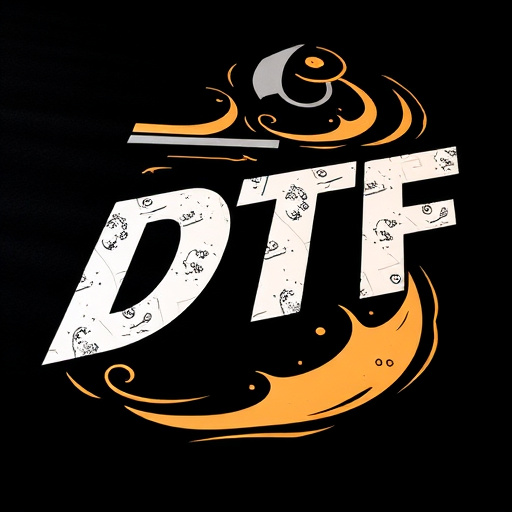
The expedited production of direct-to-film (DTF) transfers within 24 hours presents both exciting opportunities and unique challenges, particularly in the realm of Quality Assurance (QA). As DTF Printing continues to revolutionize the way films are distributed and accessed, ensuring consistent print quality becomes paramount. Advanced QA processes, including meticulous color calibration, resolution checks, and image distortion assessments, play a crucial role in maintaining the integrity of the original film content. These measures help mitigate issues like color casting, pixelation, and misregistration, which can negatively impact the viewing experience.
Looking ahead, the future prospects of rapid DTF Printing are promising. Technological advancements promise to streamline QA processes further, enabling even faster turnaround times without compromising quality. Integration of AI-driven image analysis and automated printing systems could become game changers, fostering a seamless and efficient workflow. Moreover, as demand grows for on-demand film transfers, the industry must also address sustainability concerns, ensuring eco-friendly materials and production methods keep pace with this dynamic evolution.









